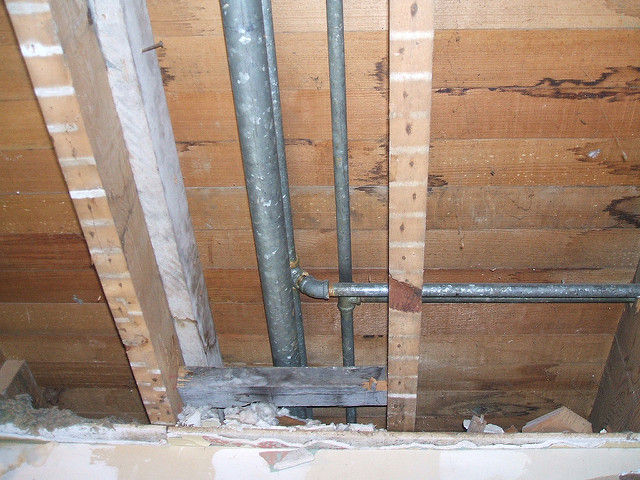Are you searching for info on Finding hidden leaks?

The minute you find a leakage, calling your plumber for fixings is the very best remedy. Some small water leaks may not be noticeable. If you can not discover it with your nude eyes, below are some hacks that aid.
Early discovery of leaking water lines can mitigate a potential calamity. In addition to saving you cash, it will certainly decrease the aggravation and stress.
Check Water Consumption
Evaluate your water expenses and track your water consumption. As the one paying it, you need to notice if there are any kind of disparities. If you detect sudden changes, regardless of your consumption coinciding, it suggests that you have leaks in your plumbing system. Bear in mind, your water expense must drop under the very same array monthly. A sudden spike in your bill shows a fast-moving leak.
A constant boost every month, also with the same practices, shows you have a slow-moving leakage that's also gradually intensifying. Call a plumber to extensively inspect your building, especially if you really feel a warm area on your floor with piping beneath.
Check as well as Examine the Scenario
Property owners need to make it a routine to inspect under the sink counters and also inside cupboards for any bad odor or mold and mildew development. These 2 red flags suggest a leakage so timely focus is called for. Doing routine assessments, also bi-annually, can conserve you from a significant problem.
Analyze the Water Meter
Every home has a water meter. Examining it is a proven manner in which aids you uncover leakages. For beginners, shut off all the water sources. Make sure nobody will flush, use the tap, shower, run the cleaning maker or dish washer. From there, go to the meter and watch if it will transform. Considering that nobody is using it, there need to be no motions. That indicates a fast-moving leakage if it moves. Likewise, if you identify no changes, wait a hr or two as well as check back once more. This suggests you might have a slow-moving leak that can also be underground.
Asses Outside Lines
Don't forget to inspect your outside water lines too. Needs to water leak out of the link, you have a loose rubber gasket. One little leak can lose heaps of water as well as increase your water expense.
Do a Food Coloring Examination
When it comes to water consumption, 30% comes from toilets. If the shade somehow infiltrates your bowl throughout that time without flushing, there's a leakage in between the container and bowl.
Examine for discolorations and also damaging as the majority of pipes as well as home appliances have a life span. If you suspect leaking water lines in your plumbing system, do not wait for it to escalate.
The moment you locate a leakage, calling your plumber for fixings is the ideal solution. Some little water leakages might not be visible. Checking it is a guaranteed method that assists you discover leakages. One little leakage can squander heaps of water and also surge your water costs.
If you suspect leaking water lines in your plumbing system, do not wait for it to rise.
WARNING SIGNS OF WATER LEAKAGE BEHIND THE WALL
PERSISTENT MUSTY ODORS
As water slowly drips from a leaky pipe inside the wall, flooring and sheetrock stay damp and develop an odor similar to wet cardboard. It generates a musty smell that can help you find hidden leaks.
MOLD IN UNUSUAL AREAS
Mold usually grows in wet areas like kitchens, baths and laundry rooms. If you spot the stuff on walls or baseboards in other rooms of the house, it’s a good indicator of undetected water leaks.
STAINS THAT GROW
When mold thrives around a leaky pipe, it sometimes takes hold on the inside surface of the affected wall. A growing stain on otherwise clean sheetrock is often your sign of a hidden plumbing problem.
PEELING OR BUBBLING WALLPAPER / PAINT
This clue is easy to miss in rooms that don’t get much use. When you see wallpaper separating along seams or paint bubbling or flaking off the wall, blame sheetrock that stays wet because of an undetected leak.
BUCKLED CEILINGS AND STAINED FLOORS
If ceilings or floors in bathrooms, kitchens or laundry areas develop structural problems, don’t rule out constant damp inside the walls. Wet sheetrock can affect adjacent framing, flooring and ceilings.
https://www.servicemasterbyzaba.com/blog/how-to-detect-water-leakage-in-walls/

I discovered that blog post about Finding hidden leaks when doing a search on the internet. Don't hesitate to take the time to promote this post if you enjoyed it. I appreciate reading our article about Hacks to detect leaks.